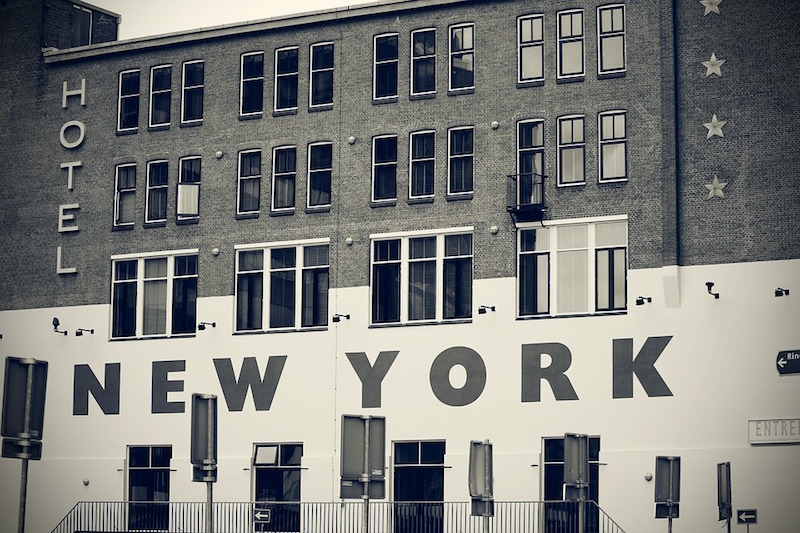In the second quarter, analysts at Lodging Econometrics (LE) report that the five U.S. markets with the largest hotel construction pipelines by project count are: New York with 190 Projects/31,923 Rooms; Houston with 159 Projects/17,472 Rooms; Dallas with 147 Projects/18,429 Rooms; Nashville with 125 Projects/16,697 Rooms; and Los Angeles with 109 Projects/17,029 Rooms.
Dallas has the most New Hotel Openings forecasted for 2017 with 42 Hotels/5,029 Rooms, then New York, which is expected to open 38 Hotels/5,657 Rooms followed by Houston with 31 Hotels/3,182 Rooms. In 2018, New York is forecasted to open the most hotels with 60 Projects/9,666 Rooms and in 2019, Houston will lead with 39 Projects/4,779 Rooms.
The markets with the most New Project Announcements into the Pipeline in the last 12 months are: New York with 57 Projects/9,342 Rooms, Dallas with 53 Projects/6,836 Rooms, and Houston with 46 Projects/4,286 Rooms.
Related Stories
| Sep 14, 2012
To create more pedestrian-friendly neighborhoods, Chicago unveils safety plan
As more urban mixed-use and residential developments aim to encourage residents to walk and use mass transit, cities are addressing pedestrian safety.
| Sep 14, 2012
Worker killed in Brooklyn building collapse; overloaded floor decking blamed
One worker was killed after he and others plunged 40 feet through an unfinished upscale Brooklyn townhouse building.
| Sep 14, 2012
NRCA University offers photovoltaic class
NRCA University will offer a class called “Photovoltaic Roof Systems: Energizing Your Business” Oct. 16 in Philadelphia.
| Sep 14, 2012
Costa Rica’s strict building codes prevent major damage in powerful quake
The relatively little damage from a 7.6 earthquake was due in large part to strict building codes in Costa Rica, a country that has long enjoyed more stability, better governance, and stronger economic development than many of its Central American neighbors.
| Sep 14, 2012
Building codes should require continuous connection from roof to foundation, says IBHS chief
“One of the most effective ways to greatly increase a building’s strength and safety during hurricanes, tornadoes and straight-line windstorms is to be sure the building is tied together properly,” says Julie Rochman, president and CEO of the Insurance Institute for Business & Home Safety (IBHS).
| Sep 7, 2012
Related Companies and unions agree to wage-cutting deal on Hudson Yards
The Related Companies has won wage-cutting agreements with four dozen construction unions in its efforts to save money on the $15 billion development of Hudson Yards.
| Sep 7, 2012
Lorain, Ohio considers halting downtown construction while it works out development plan
Construction would stop downtown for six months while Lorain, Ohio officials consider a development plan for the city, according to new legislation.
| Sep 7, 2012
Business, labor groups push for easing of California’s Environmental Quality Act
Business and labor groups have combined forces to push for a change to California's Environmental Quality Act, specifically its complex review process for building and construction projects.
| Sep 7, 2012
Twenty years later, Florida contractors cite Hurricane Andrew as construction game-changer
Remarking on the 20th anniversary of Hurricane Andrew, which devastated south Florida; contractors are noting the storm’s impact on their industry—including the state’s adoption of tougher building codes.
| Sep 7, 2012
At risk for nine types of natural disasters, Texas trails most coastal states on building codes
Texas has the most diverse weather risk in the country, with exposure to nine different types of natural disasters.

















